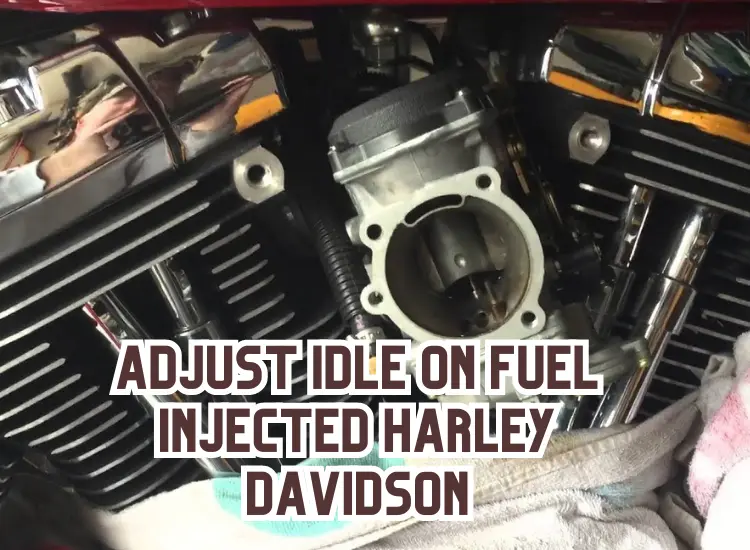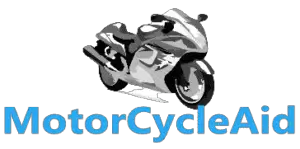To adjust the idle on a fuel-injected Harley-Davidson motorcycle, start the bike and let it warm up. Locate the idle adjustment screw on the throttle body or intake manifold. Use a screwdriver to turn the screw clockwise to increase the idle speed or counterclockwise to decrease it. Make small adjustments and give the bike time to stabilize between changes. Once you achieve the desired idle speed, let the bike idle for a few minutes to ensure it remains stable. Check that the idle speed falls within the recommended range, tighten the adjustment screw, and reassemble any removed components. Seek professional assistance if unsure or uncomfortable with the process.

Preparation:
Ensure that your motorcycle is in a stationary position and the engine is turned off.
Make sure you have the necessary tools, such as a screwdriver or diagnostic tool, to access and adjust the idle.
Review your motorcycle’s service manual for any specific instructions or precautions related to idle adjustment.
Locate the Idle Speed Control (ISC) connector:
Identify the ISC connector, which is typically a two-pin connector located near the throttle body or intake manifold of the motorcycle’s engine.
Refer to your motorcycle’s service manual or consult a professional if you have trouble locating the ISC connector.
Connect the diagnostic tool:
Connect a diagnostic tool to the diagnostic port on your motorcycle, following the manufacturer’s instructions.
Ensure the diagnostic tool establishes communication with the motorcycle’s Electronic Control Module (ECM).
Start the motorcycle:
Start your motorcycle and let it warm up to its normal operating temperature.
Allow the engine to run for a few minutes to ensure accurate adjustments.
Access the ECM settings:
Navigate through the menus or interface of the diagnostic tool to access the ECM settings.
Locate the idle adjustment parameter within the ECM settings.
Make incremental adjustments:
Use the diagnostic tool to make small adjustments to the idle speed.
Follow the instructions provided by the diagnostic tool or refer to your motorcycle’s service manual for specific adjustment procedures.
Typically, clockwise adjustment increases the idle speed, while counterclockwise adjustment decreases it.
Make small adjustments, such as quarter-turn increments, to fine-tune the idle speed.
Monitor the idle speed:
Keep an eye on the tachometer reading (if available) or listen to the engine’s sound to monitor the idle speed.
Aim for a stable and smooth idle speed within the recommended range specified in your motorcycle’s manual.
Avoid making drastic adjustments and allow the engine a few moments to stabilize after each adjustment.
Test the idle speed:
After making adjustments, test the idle speed by listening to the engine and observing any fluctuations.
Ensure that the engine runs smoothly without stalling or excessive vibrations at idle.
Verify that the idle speed remains within the recommended range.
Finalize the adjustment:
Once you are satisfied with the idle speed, save the changes within the ECM settings (if applicable) using the diagnostic tool.
Disconnect the diagnostic tool from the diagnostic port, following the manufacturer’s instructions.
Reassemble and verify:
- If any components were removed to access the diagnostic port, reattach or reinstall them securely.
- Double-check all connections, fasteners, and wiring to ensure everything is properly reassembled.
- Start the motorcycle and verify that the idle speed remains stable and within the desired range.
Remember, if you are unsure or uncomfortable with adjusting the idle yourself, it is always recommended to seek assistance from a qualified technician or a Harley-Davidson dealership to ensure accurate and safe adjustments.
Disclaimer: This guide provides general instructions for adjusting the idle on a fuel-injected Harley-Davidson motorcycle. However, it’s crucial to consult your motorcycle’s specific service manual and follow the manufacturer’s instructions for the most accurate and up-to-date procedures.

